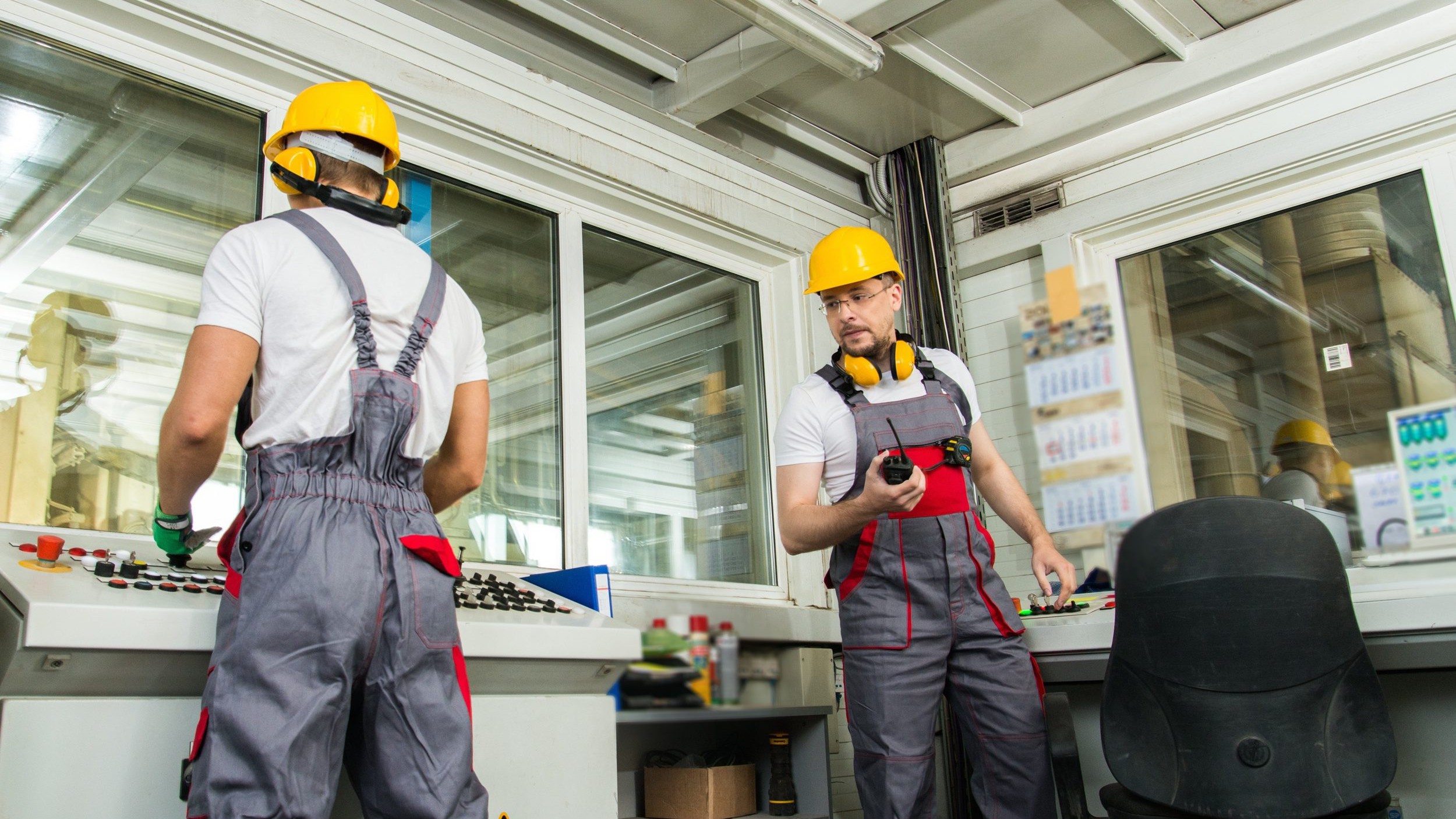The worst has happened: you’re at your workstation, typing away at a document or chart on your computer. Then, without warning, your screen goes black or displays a confusing and fragmented set of images before completely shutting down. You press some keys and mash the power button, but nothing changes, leaving you wondering: What just happened?
Unfortunately, you’ve just experienced a device failure. Something in your once reliable computer has suffered a severe error or mechanical breakdown and can no longer function. Sadly, the chance of failure is an inescapable facet of any piece of tech. No matter how hard we try, there will always be issues like software errors, manufacturing defects, or simple wear and tear caused by years of usage. That’s why it’s so critical to limit the chance of failure as much as possible, especially in a high-stakes field like the healthcare industry.
In today’s article, we’ll explain how the device failure rate works and what steps manufacturers take to limit failures as much as possible.
Device Failure Rates and the Bathtub Curve
Article Guide
Device failure rates are often described as a bathtub curve. This is because most failures occur at the beginning and end of a device’s functional lifecycle, creating steep curves on either side of a long, flat line of a graph resembling a bathtub.
Initial Stages and Early Failures
After assembly, many devices go through what is called a “burn-in,” where they are pushed to their limits for an extended period of time. For medical computers, this means running them at the maximum of their processing power and memory. Imagine pushing a car to 100 MPH, then keeping it there for twelve hours straight. You’d find out if anything is wrong with that car’s engine pretty quickly!
Devices that do not pass this initial burn-in test make up the early life section of a device’s failure rate. This is where problems like assembly errors or manufacturing defects make themselves known. For medical grade tablets and computers, this can be caused by issues like RAM cards not seated correctly in their slots, heatsinks not attached properly and making the computer overheat, or software that failed its installation. Fortunately, most of these problems can be fixed easily, and the device can be re-tested afterward.
Following this initial trial, most device failure rates drop steeply as the early failures get weeded out. Very rarely does a defect get by the initial burn-in test and reveal itself later. Thus, the average failure rate slopes down into a long, flat “surface” of the tub on the curve.
Wear and Tear and the End of Device Lifecycles
Finally, as a device reaches the end of its lifecycle, wear and tear on the device begins to take its toll. For computers, this means moving parts start to break down, while software no longer receives updates and accumulates more and more bugs. Eventually, these factors cause the failure rate to climb once more, and the second curve of the bathtub is formed.
How Do Computer Manufacturers Keep a Low Failure Rate?
All manufacturers are interested in maintaining a low failure rate in their devices for the sake of their reputation and customer satisfaction. These are just a few ways computer manufacturers keep failure rates low.
Maintain a Consistent Bill of Materials
The bill of materials is the list of parts, items, and assemblies used to create a product. For a computer, this includes the motherboard, processor, RAM, cabling, and more. Due to supply shortages or budget concerns, manufacturers sometimes ignore their bill of materials and substitute different parts. However, this new combination of components may behave unpredictably and cause early failures. This is why responsible manufacturers try to adhere to their bill of materials as much as possible.
Conduct Thorough Burn-In Testing
As previously mentioned, burn-in tests are an essential part of any device’s early lifecycle. These tests can reveal defects in a device long before it goes to market, allowing the manufacturer to correct these mistakes before the product reaches the customer.
Design with Longevity in Mind
To reduce failure rates in the middle and later parts of a lifecycle, manufacturers can implement design choices that increase a device’s longevity. For example, most consumer-grade computers use fans to cool the computer’s components. However, moving parts like fans are subject to wear and tear and are often the first thing to break in a computer. Fanless designs do not have this weakness and enjoy a longer effective lifecycle.
Conclusion
When shopping for new medical-grade computers or tablets, choosing devices with proven reliability is critical. At Cybernet Manufacturing, our commitment to quality and rigorous testing ensures our devices have an average failure rate under 2%. If any of our computers do suffer a failure, our in-house team of tech support specialists is ready to help diagnose and fix the issue for you.
When you’re ready to work with some of the most reliable PCs in the healthcare sector, contact Cybernet Manufacturing. Our team would be more than happy to explain how our testing and documentation process helps ensure our computers are some of the longest-lasting and most dependable on the market.
Join the conversation and connect with us on this and other relevant topics – Follow us on Facebook, Twitter, and LinkedIn.
Industries That Rely On All–in–One Computers
April 23, 2015
All–in–one computers have emerged to become the device of choice for several professionals. In the past, computing devices were severely limited to bulky and unwieldy machines that operated at a snail’s pace. Now, the…
0 Comments5 Minutes
You Can't
Learn from a Pop-up
But we can deliver knowledge to your inbox!
We dive deep in the industry looking for new trends, technology, news, and updates. We're happy to share them with you.
Knowledge, News, and Industry Updates Right in Your Inbox



